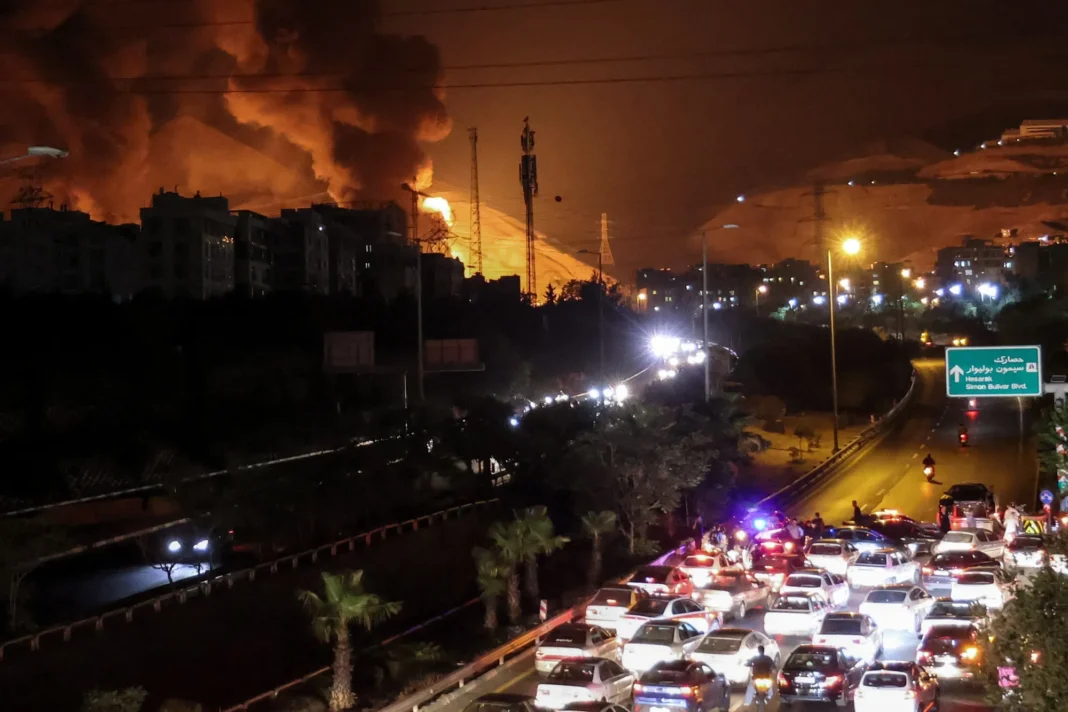Iran now faces serious energy challenges due to damage at the South Pars gas field. An Israeli drone strike hit the Fajr refinery, causing a major explosion. This attack halted production at the Phase 14 platform. The damaged platform normally delivers 12 million cubic meters of gas daily.
The South Pars gas field stretches across the Persian Gulf, shared between Iran and Qatar. It holds around 14 trillion cubic meters of gas, which is a huge part of Iran’s energy reserves. South Pars gas field disruption has triggered immediate concern across multiple sectors.
The Fajr refinery plays a vital role in powering homes and industries in Iran. It also supports gas exports to regional partners. The most affected by this disruption could be Turkiye and Iraq, as they rely on Iran’s gas.
The damage has added pressure on Iran’s energy infrastructure. Iran already struggles with electricity shortages. Now, with the South Pars gas field disruption, the country faces even more strain. Energy experts believe this could worsen during peak demand periods.
Despite the explosion, repair crews started work right away. Technicians are working to restore full gas production. Officials aim to resume operations as soon as the repairs are complete. However, the timeline for full recovery remains unclear.
The economic impact of the South Pars gas field disruption could ripple beyond Iran’s borders. Both regional energy markets and international investors are watching closely. Iran’s exports bring vital revenue, and any drop in supply will likely affect energy prices.
The situation highlights the fragile state of energy infrastructure in conflict zones. Constant threats make it hard for countries like Iran to guarantee stable energy supplies. Moreover, damage like this can create long-term risks for economic growth.
Nabil Al-Marsoumi, an economic expert, explained that the gas field is crucial for Iran’s financial stability. He added that any long-term disruption could weaken Iran’s domestic energy supply. It could also limit the country’s ability to meet international obligations.
As Iran manages the South Pars gas field disruption, many questions remain. Will exports recover quickly? Can Iran prevent future strikes? Until answers emerge, both energy markets and citizens will remain uneasy.


